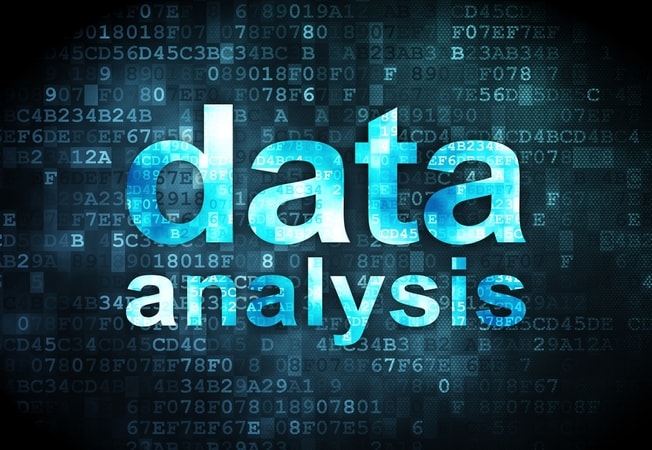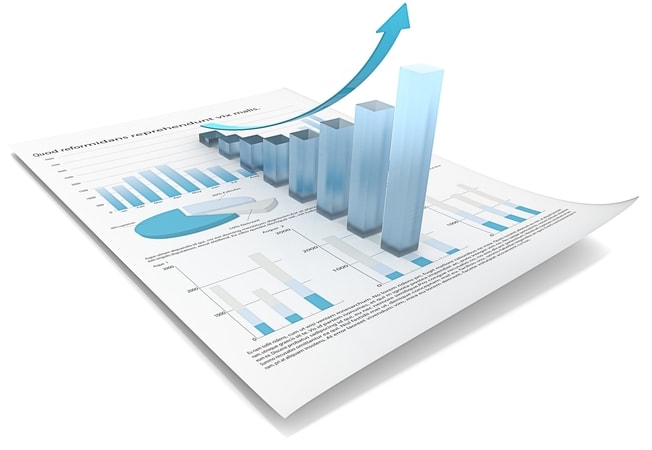What is Probability in Statistics?
are you facing challenges completing a probability-related statistical task? Our experts will be glad to offer guidance including solving the task for you. Probability is the measure of the likelihood of an event occurring in a random experiment, while statistics is the science of collecting, analyzing, summarizing, interpreting, and presenting data. Probability is quantified as a number between 0 and 1, where 1 represents certainty, and 0 represents impossibility.
In statistics, researchers are concerned about the outcome of the events that occur in a study and use elements of probability to make statistical inferences and draw conclusions. One of the important concepts in probability and statistics is probability distribution.

Probability Distribution
A probability distribution is a statistical function that maps all the possible outcomes or likelihoods of a random variable within a given range. The distribution depends on whether the random variable is continuous or discrete. A discrete random variable takes only a countable value, while a continuous random variable takes an infinite number or many values.
Discrete Probability Distribution
The discrete probability function p(x) for a random variable x must satisfy the following properties.
- p(x) is non negative 0 ≤ p(x ) ≤ 1
- The sum of p(x) is 1 Σ p( x) = 1
- Probability that random variable (x) can take a specific value is p(x)
P[X=x]= p(x)
There are various types of discrete probability distributions, for example, the Poisson distribution used to model count data, the binomial distribution used to model binary data, and the uniform distribution used to model multiple events.
Continuous Probability Distribution
A continuous probability function f(x) must satisfy the following properties.
- f(x) ≥ 0 for all (x ∈ R)
- ∫ ∫f(x) dx = 1
- P(a < X < b)= ∫ ∫ f(x) dx
The most common types of continuous probability distribution are the normal or gaussian distribution which has two parameters, the standard deviation and mean, gamma and exponential distributions, beta distribution, the log-normal distribution, and the Weibull distribution, which both fits skewed data.
Joint Probability Distribution
A joint probability is the probability of two events occurring together. Given random variables X and Y on the same probability space, the probability distribution that defines the probability of X and Y falling in a particular range is the joint probability distribution f(x, y) = P(X=x, Y=y).
The joint probability distribution of discrete random variables, also known as the joint probability mass function, must satisfy the following properties.
- f(x, y) ≥ 0 for all (x, y)
- Σ Σ f(x, y) = 1
- P(X = x, Y = y) = f(x, y)
The joint probability distribution of continuous random variables, also known as the joint probability density function, must satisfy the following properties.
- f (x, y) ≥ 0 for all (x, y)
- ∫ ∫f(x, y) dx dy= 1
- P [(X, Y) ∈ Z] = ∫ ∫Z f(x, y) dx dy where z is any region on the xy plane.
These can be used to find the marginal distribution and the conditional probability distribution.
Conditional Probability Distribution
Conditional probability is the measure of the probability of an event, given that another event has already occurred. The conditional probability of an event A given another event B can be represented as P (A | B) =P (A∩B) /P (B). Given that a random variable Z is dependent on X and Y, then the distribution P (Z|X, Y) is the conditional probability distribution of Z with respect to X and Y.

Summary
Probability in statistics is important in making statistical inferences and predicting the outcomes of future studies. The probability distribution depends on the type of data, if it is discrete or continuous data. Most research studies use the elements of probability to draw conclusions about the data and obtain the outcome and results. Obtain our services today in solving probability-related statistical tasks including assignments and homework.





